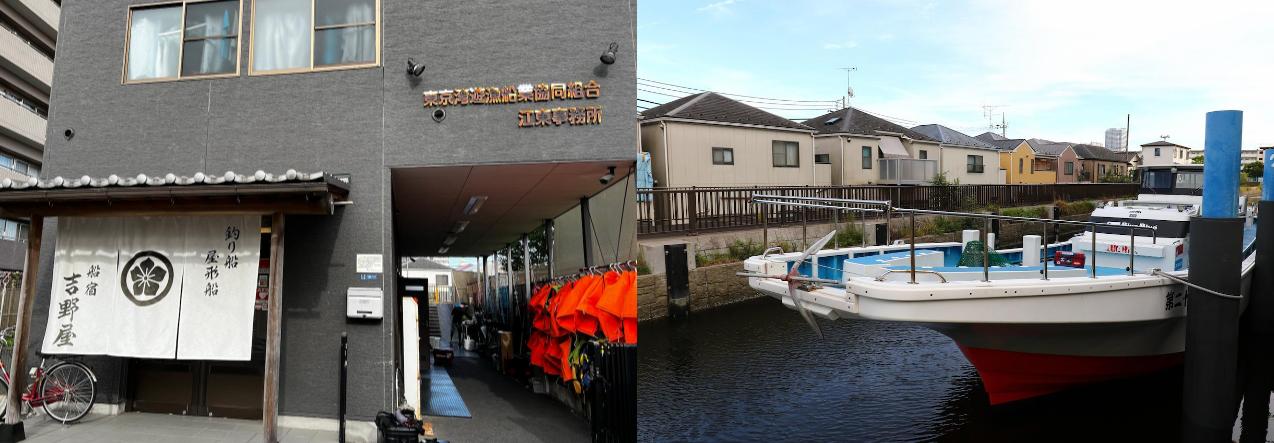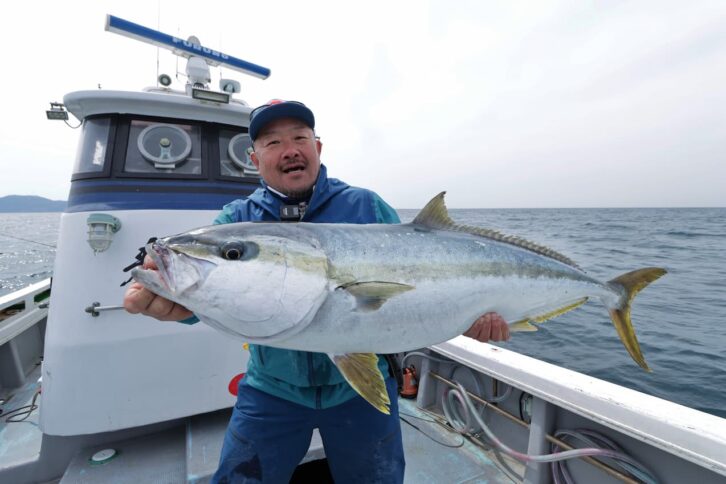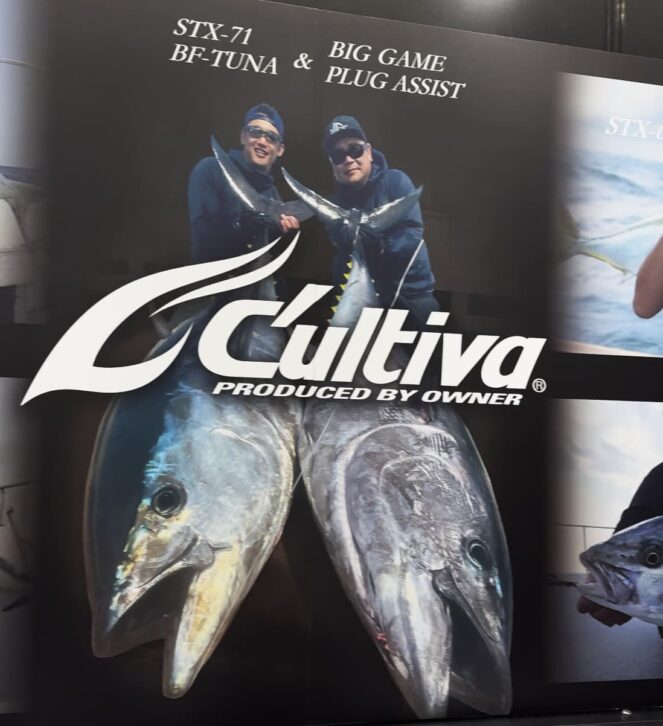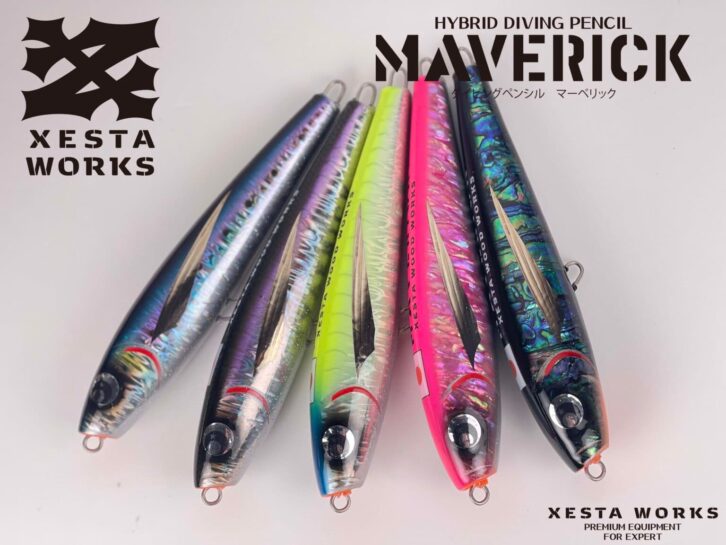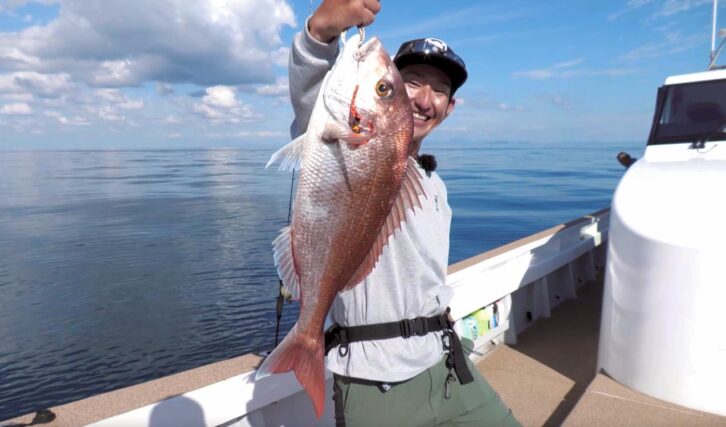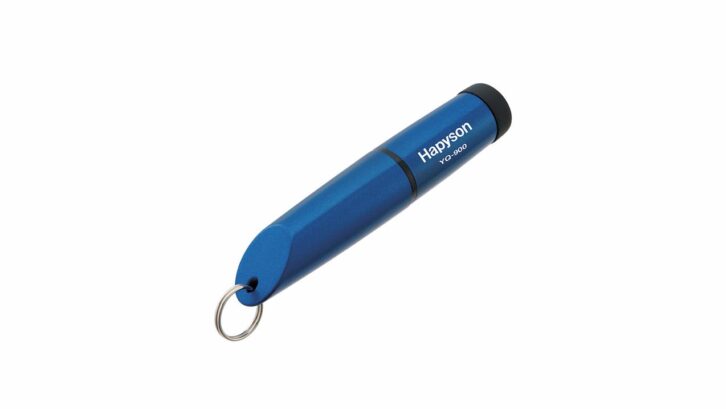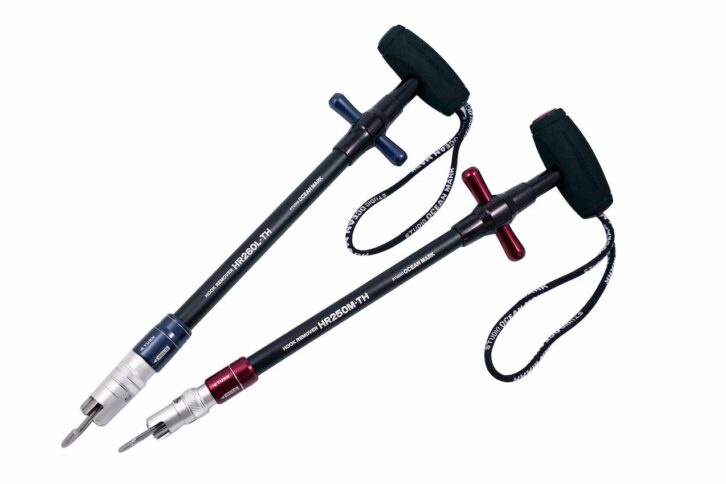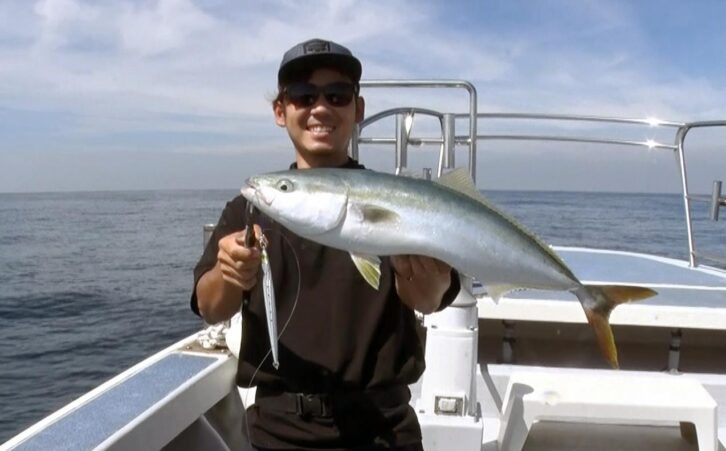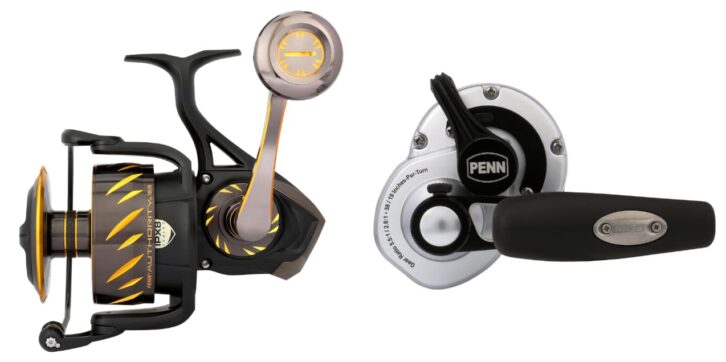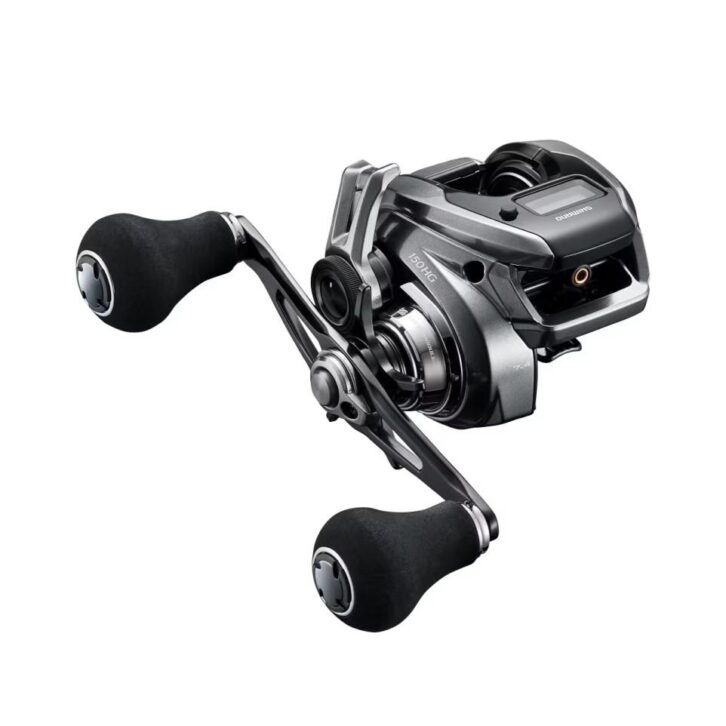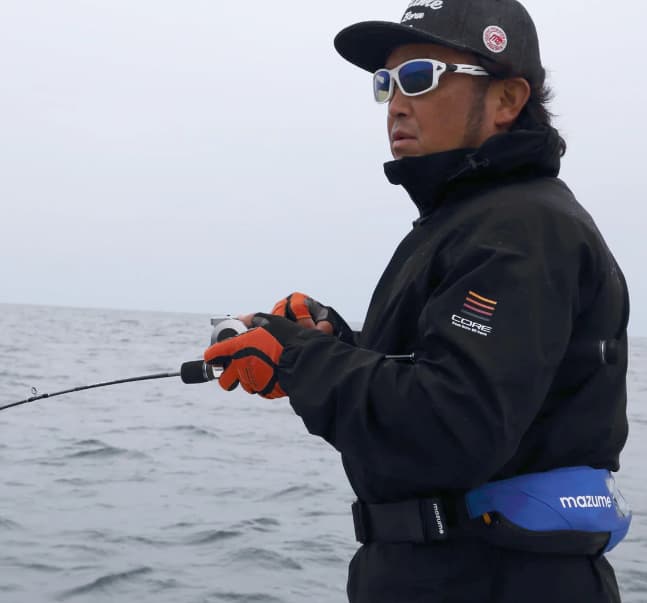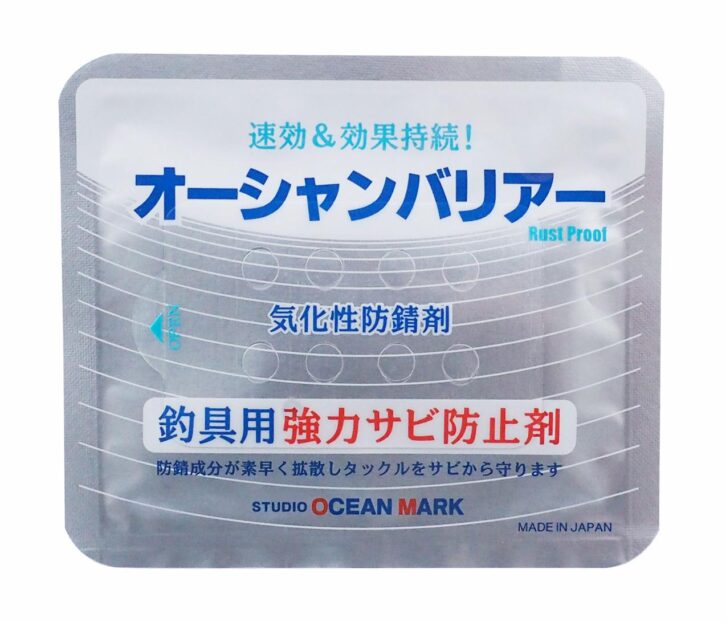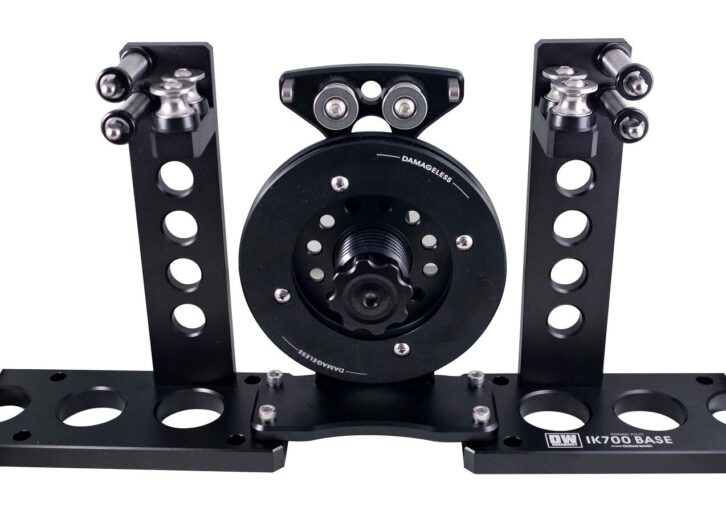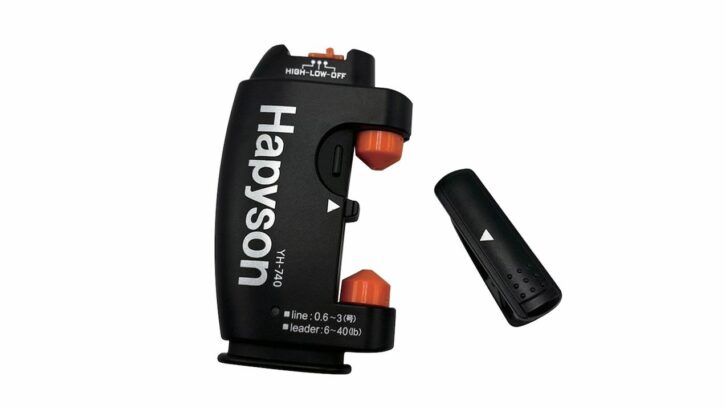Shout! Ono Makoto Style
Jigging for cutlass-fish in Tokyo Bay
Attack with special hooks & jigs/shortels
Tokyo Bay is a popular area for cutlass-fish jigging. Although the peak season is from the shallow areas in summer to the deeper areas in winter when the ratio of good-sized fish is high, many boats are targeting cutlass-fish almost throughout the year. Therefore, there are days when it is relatively easy to catch Tokyo Bay Tachi-Ui, but there are also many days when it is not so easy due to the fact that they are attacked day after day. Makoto Ono of Shout Fisherman's Tool, who calls the Kansai area home, took on the challenge of catching such cutlass-fish.
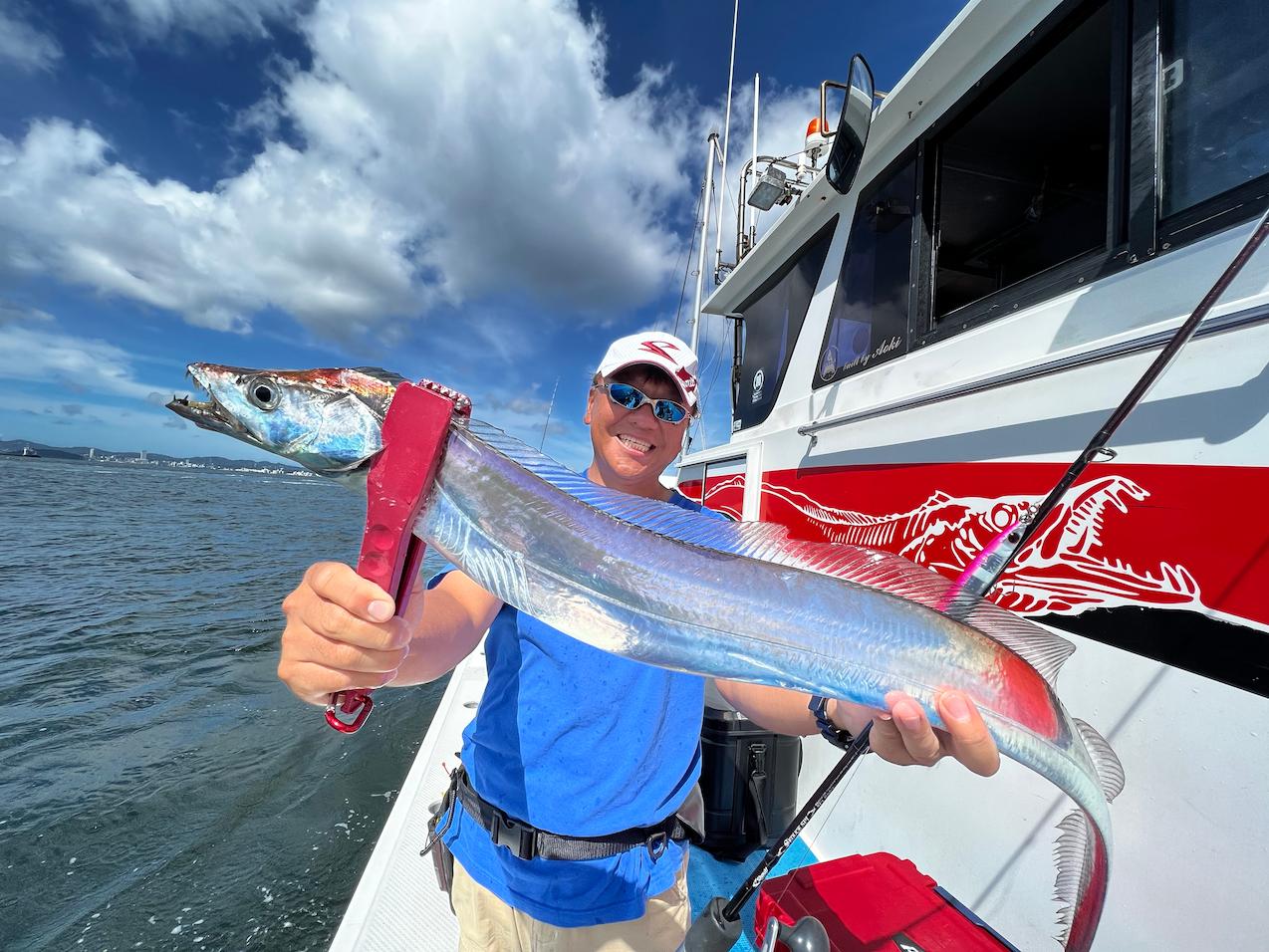
INDEX
Tokyo Bay cutlass-fish and its Attractiveness
Although the Tokyo Bay cutlass-fish jigging is not consistent depending on the season, even beginners can expect to catch a certain amount of Tachi-Ui. However, if you want to be one of the top anglers on the boat, you need to be able to adapt on the fly. However, the enjoyment of searching for such patterns makes jigging popular among jigging experts. And finding a pattern can lead to a significant increase in fishing results. For example, while some anglers catch less than five fish a day, experts who can search for patterns can catch 30 or 40 fish. The minimum number of fish caught was 2, and the maximum catch was 42.
Makoto Ono enjoyed fishing in Tokyo Bay. Mr. Ono lives in Hyogo Prefecture. Therefore, his home ground for jigging for cutlass-fish is Akashi and other areas. The basic method of jigging for cutlass-fish does not vary much from area to area, but when it comes to catching a large number of fish, it is necessary to change the method of jig fishing to suit the area and select the right jig. Even Mr. Ono, who has a lot of experience, knows that he is no match for the regular anglers who frequent the area. He boarded the Fukagawa Yoshinoya, a boat that sails out of the depths of Tokyo Bay, with the hope of catching more than his average number of fish that day.
In Tokyo Bay, many of the cutlass-fish caught during the summer are small, with a few good-sized ones mixed in, so it is common to catch a good number. On the other hand, during the winter months starting around November, the number of hits is smaller than in the summer, but the size of the fish caught is often larger. Some anglers enjoy both, while others only fish in the winter. In addition, anglers tend to fish shallower areas in the summer and deeper areas in the winter. In recent years, when schools of cutlass-fish can be seen over a wide area, anglers will fish deeper in summer and shallower in winter, but this is the basic image of the fishery.
On the day of the interview, it was still summer for cutlass-fish. Before leaving the boat, I asked Goro Yoshino, the representative of Fukagawa Yoshinoya, how the fishing was going. He told me that they mainly fish in shallow water, but depending on the response, they also go to deeper water to search for fish. He told me that they mainly fish in shallow water, but depending on the response, they also go to deeper water to search for fish. Mr. Ono’s plan is to hook small ones and release them one after another, hoping to catch a large one in the process.
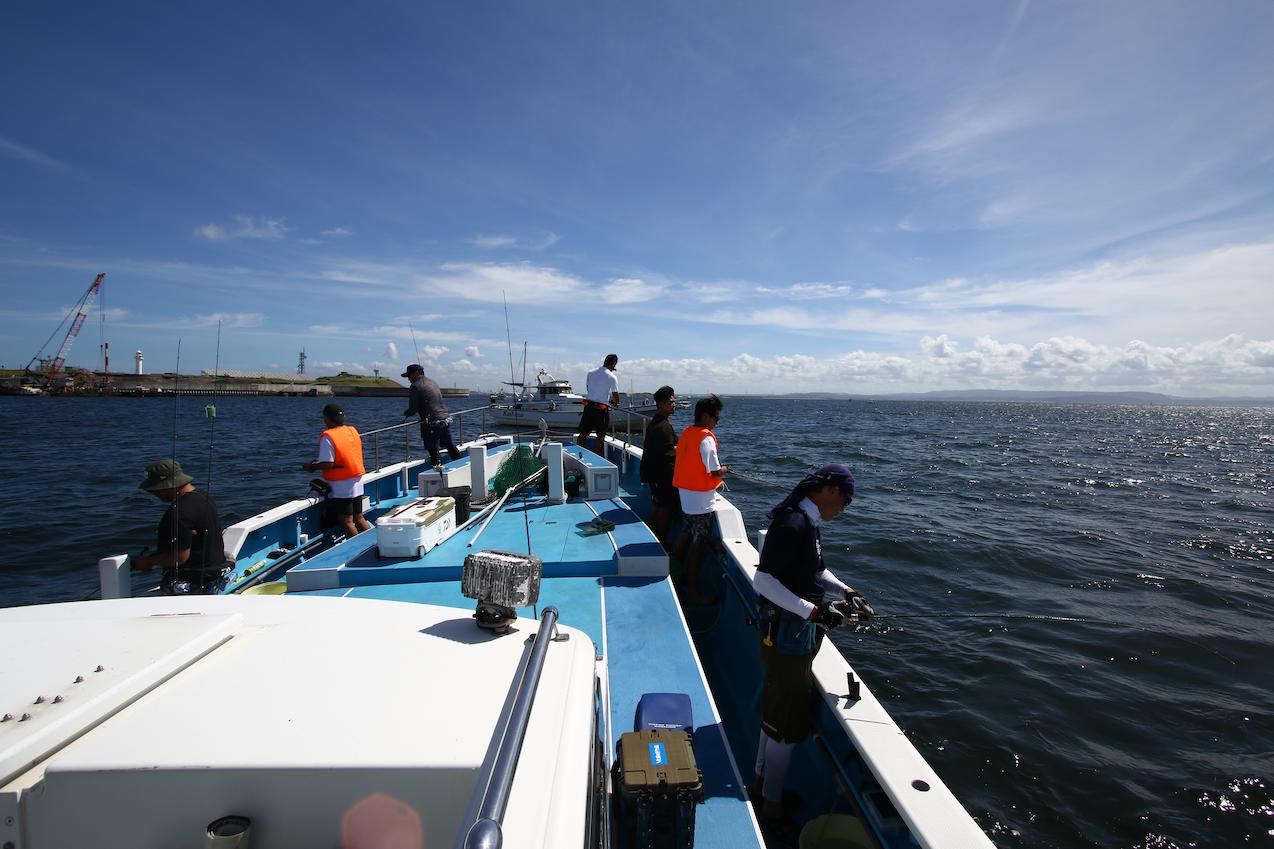
Jigging for cutlass-fish in Tokyo Bay is available almost all year round on pleasure boats. There are many experts who have been fishing the area for many years, and these anglers are often able to quickly find hit patterns, and often catch a series of hits on their own. The more you try, the more interesting and profound it becomes.
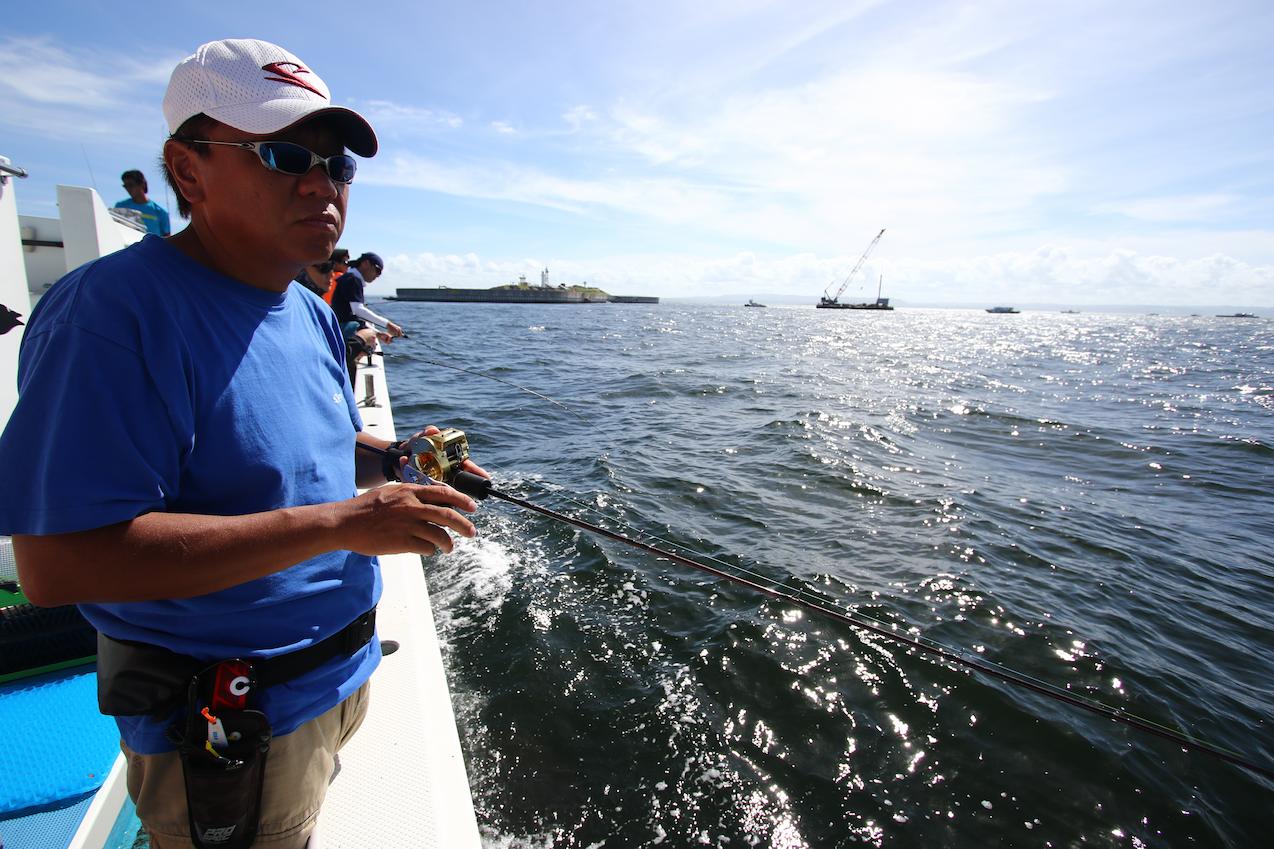
I searched for the best pattern while thinking about what kind of pattern would be good for me. There are short bites and bites that come back to bite, so I can’t let up. When you get a bite, you need to hook it quickly.
Tackle for Tokyo Bay cutlass-fish
Tackle used for Tokyo Bay cutlass-fish Using Tackle
The basic approach for jigging for cutlass-fish in Tokyo Bay is to use a light jigging rod or a specialized rod for hairtail, PE No. 0.8-1, and a fluorocarbon leader No. 4-6 (16-24lb). Some anglers tie a thicker leader to the end of the leader in consideration of line breakage caused by the teeth of the hairtail. This time, Mr. Ono prepared XBRAID Oddsport No. 1 and a fluorocarbon leader of XBRAID FC Absorber Slim & Strong No. 6 + No. 18 (about 30 cm) as his main tackle. The reel is basically a bait type, as it is easier to get a bite on the fall. Mr. Ono mainly uses Shimano O’Shea Conquest CT300HG, which allows him to instantly see the depth where the jig is. Incidentally, he sometimes only uses low gear reels instead of high gear reels to get bites. If you can prepare multiple tackle and have a low-gear reel, it would be a good idea to bring that as well. Mr. Ono’s rod is a Shout! s Seduce SPJ Rider SSR662B.
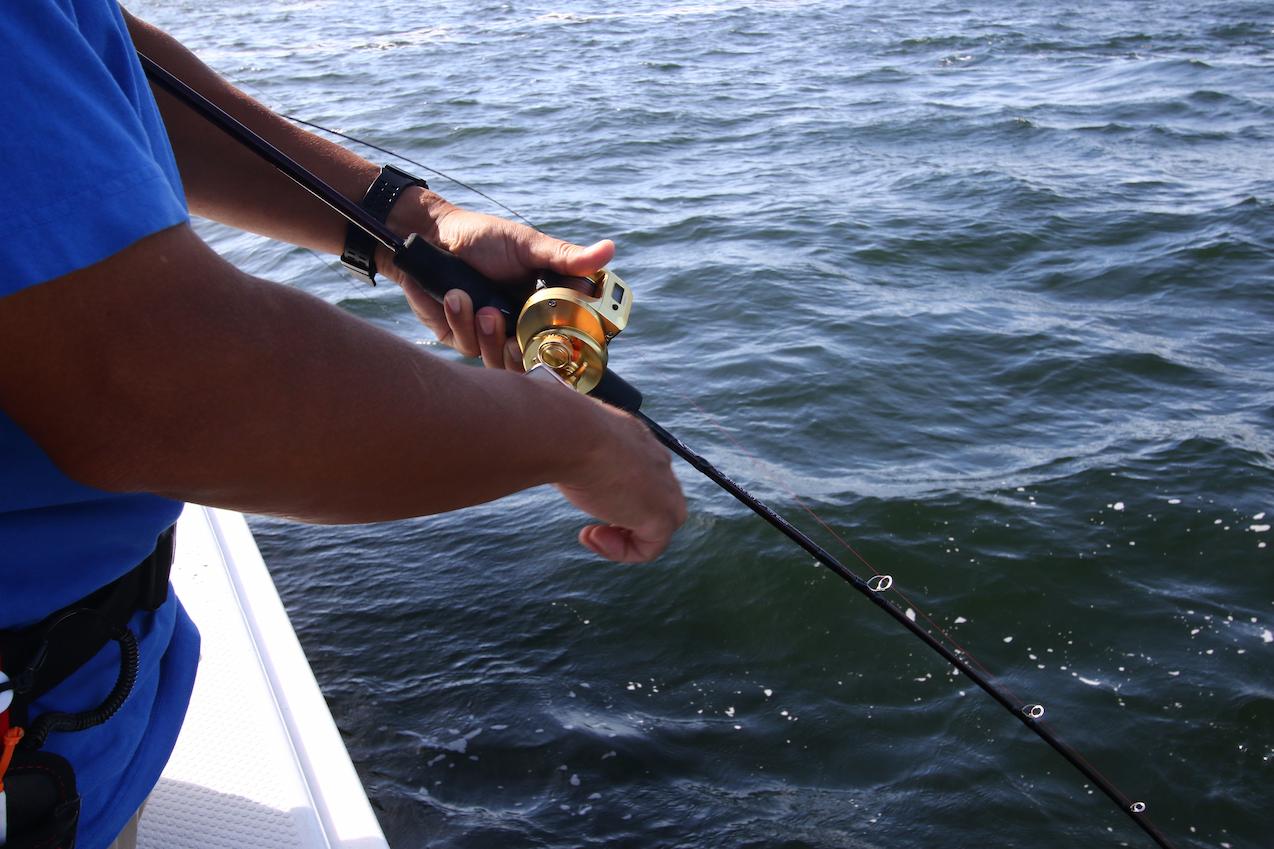
The rod Mr. Ono uses is the Seduce SPJ Rider. It is a slow pitch jerk rod that can bounce a jig firmly and is designed to be highly sensitive, so short bites and fall bites of cutlass-fish are transmitted to the hand. Slow taper design enables the rod blank to follow the movement of fish after a hit, so that anglers are less likely to be caught by the fish
Seduce SPJ Rider
https://shout-net.com/item/328/
We set up a 130 g jig Shortell on this tackle. Although the captain had told me to attach a 60-80g jig since we would be targeting shallow water at first, I dared to select a 130g bullpine zebra glow dot color (top photo below). One reason is that I had hit good results during previous fishing trips. Another reason was to see if he could get hits with a larger size than recommended. In shallow water during the summer, a jig with a small silhouette is often considered a good choice. Tungsten jigs are popular for this reason, but tungsten jigs are expensive, and it is difficult to have several colors for each weight when considering line breakage caused by teeth. Therefore, Mr. Ono dared to select a 130g lead Shortell jig, which has a large silhouette but is easy to handle.

Shortel product information
https://shout-net.com/item/254/
Incidentally, when jigging for cutlass-fish, sometimes the bite is concentrated on the fall, and sometimes it is concentrated on the reel. Sometimes a jig that falls quickly is good, while other times a jig that falls unsteadily is better. Sometimes a jig that moves sharply when you jerk it is better, while other times a jig that moves in a straight line is better. Therefore, many experts bring in various types of jigs and search for the best action to get a bite. Jigs that fall violently from side to side, or slide greatly from side to side when jerked, are not considered to be good jigs. Although fish respond to these jigs, too large a movement often leads to line breakage. Incidentally, the Shortel does not move violently when jerked. After jerking, it turns sideways to create a pause between bites. It then falls like a pendulum to appeal to the angler.
The hooks used are a saber-quad size S and saber-quad assist size S attached to the front and tail, respectively. Incidentally, hook selection is an important factor in extending the catch when jigging for hairtail. As mentioned above, the fish may also bite on the fall, so a hook that pierces the jig the moment it enters the mouth is good. And the hook must be less likely to be caught. The saber quad and saber quad assist hooks were developed exclusively for cutlass-fish jigging with four hooks, thin shafts, straight points, and barbless hooks. Incidentally, the saber-quad assist has a structure in which the assist line is made of metal parts and covered with heat-shrinkable tubing to prevent line breakage and entanglement with the jig and leader. Incidentally, on board boats for jigging for cutlass-fish jigging in Tokyo Bay, there are rules regarding the assist hooks to be used depending on the boat. Fukagawa Yoshinoya, which helped us this time, also prohibits the use of treble hooks with swivels and connecting rings not covered, double-hooked flyhooks, single-hooked flyhooks, and wire leaders. The reason for this is to quickly untangle tangled lines in the event of a snag on a passenger boat, and to reduce damage to tangled lines. The saber-quad assist is a product that meets these rules. For more information on the Saber Quad and Saber Quad Assist, please check the article at 「Firm hooking and quick avoidance of trouble!」.
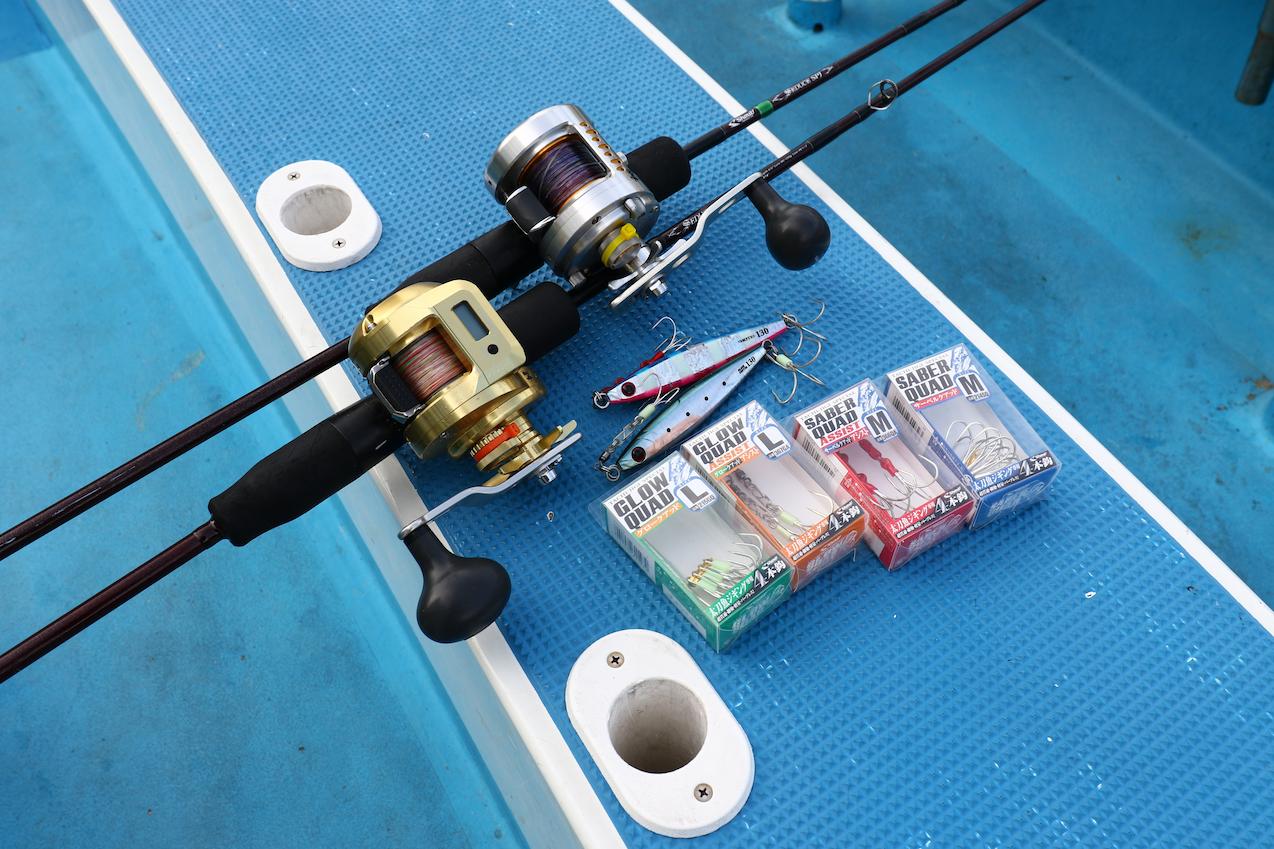
When jigging for cutlass-fish, line breaks caused by hairtail teeth are a common occurrence. When you are fishing, you want to have two tackles ready so that you can respond quickly in the event of a line break.
You are fully prepared! What’s the pattern?
When the captain gave the signal, all the fishermen on the boat cast their jigs in unison. The depth was 18 meters off the Futtsu coast, and the response was on the bottom. They repeatedly searched from the bottom to the middle layer and dropped the jig. After getting no bites, they continued south to Kaiho Point, looking for a reaction and searching for a bite. Then, a fellow angler on the same boat got a bite! Then bites began to appear one after another. The fish were moving so fast that it was like they were chasing and searching, but when the captain signaled, “Here you go! the captain would drop the fish quickly, and a hit would appear on one or another of us. The fish that came up were slim, as is typical of summer cutlass-fish, but it was fun to get a bite. Then, Mr. Ono also got a hit. It was another slim fish, but he was relieved to have caught one.
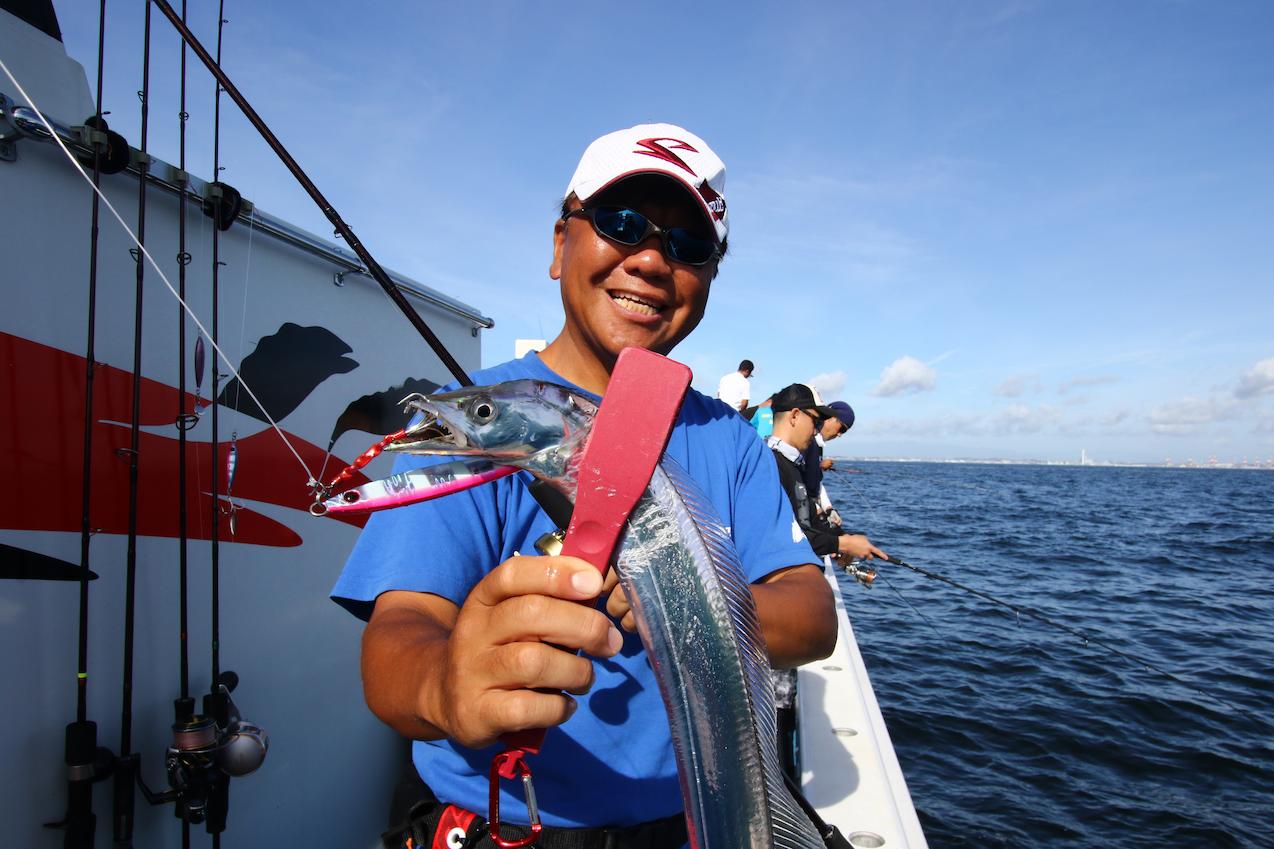
The first fish. I was searching for various patterns myself, and also referring to the hit patterns of the people around me!
Incidentally, the pattern of the hit was that the fish would bite on the fall, but it was more like a “bang” while reeling in. or just after the reeling to fall. The bite patterns of cutlass-fish change from day to day and from time to time. In order to quickly detect the bite pattern, it is a shortcut to try various patterns and observe the fishing method of the angler who caught the fish and match it to his or her fishing method. Since the lures used, the thickness of the line, and the gear ratio of the reel used are all different, it is not a sure thing that the same search pattern will be followed, but there are hints in the hits of the people around you. The basic jerk for jigging for cutlass-fish is the one-pitch jerk, but at this time, rather than moving the jig with the jerk, the exploration was more like just winding the jig or letting the jig swim with the tip shaking as the reel rotated.
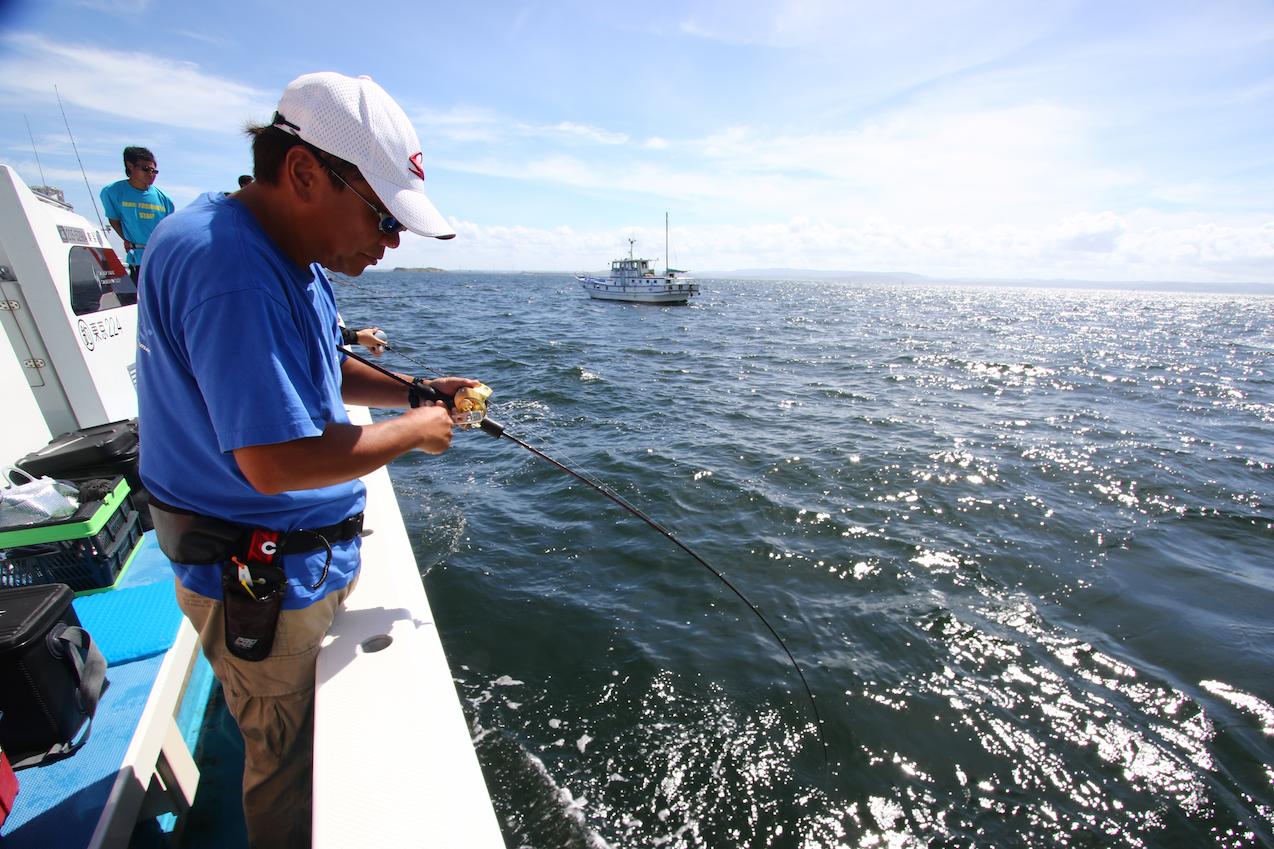
Once the pattern is known, the fish often hit one after another. But hit patterns can change over time. While trying hit patterns, it is important to try other patterns if the bites are too far away.
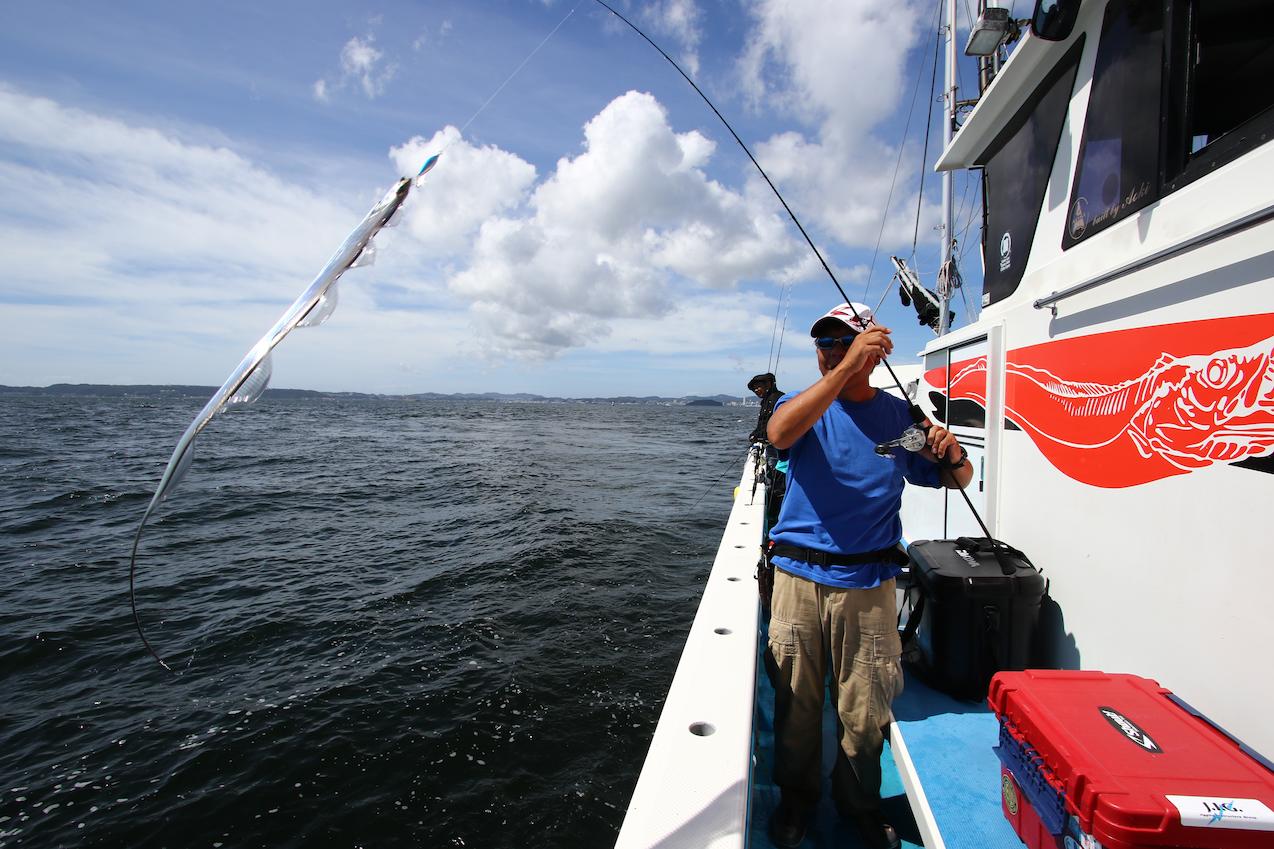
When a cutlass-fish hits, pull it up unless it is a dragon class fish. When the fish comes to the side of the boat, don’t hesitate to pull it out. Once Mr. Ono found the pattern, he was able to consistently increase the number of fish he caught.

Average size of the day. The size often improves from fall.
Moving Smoothly to Grow in Numbers
Later, the tide stopped. We thought this would make the hits more distant, but at once the activity of the cutlass-fish increased. Hits were flopping all over the boat, and every time we dropped the bait, there was a high probability of a hit. The pattern was the same as before, reeling the jig in and out of the water. In this kind of situation, we should search for the fish in a smooth motion to increase the number of fish we can catch. When a small one hits, I grab the leader and quickly remove it with pliers or a hook remover without pulling the leader out of the boat. If the fish is big enough to hold on to, pull it out at once, quickly remove the hook, and make another cast. Since such a time may not last long, the jig is kept in the water for a longer period of time. The more expert you are, the more smoothly you can perform this kind of operation. In such a case, a model with a tube covering the metal part, such as the saber-quad assist, is effective so as not to lose time in line-crossing with other anglers. Incidentally, the chance time was unexpectedly long, lasting about an hour. It seemed that we had hit a good school of fish.
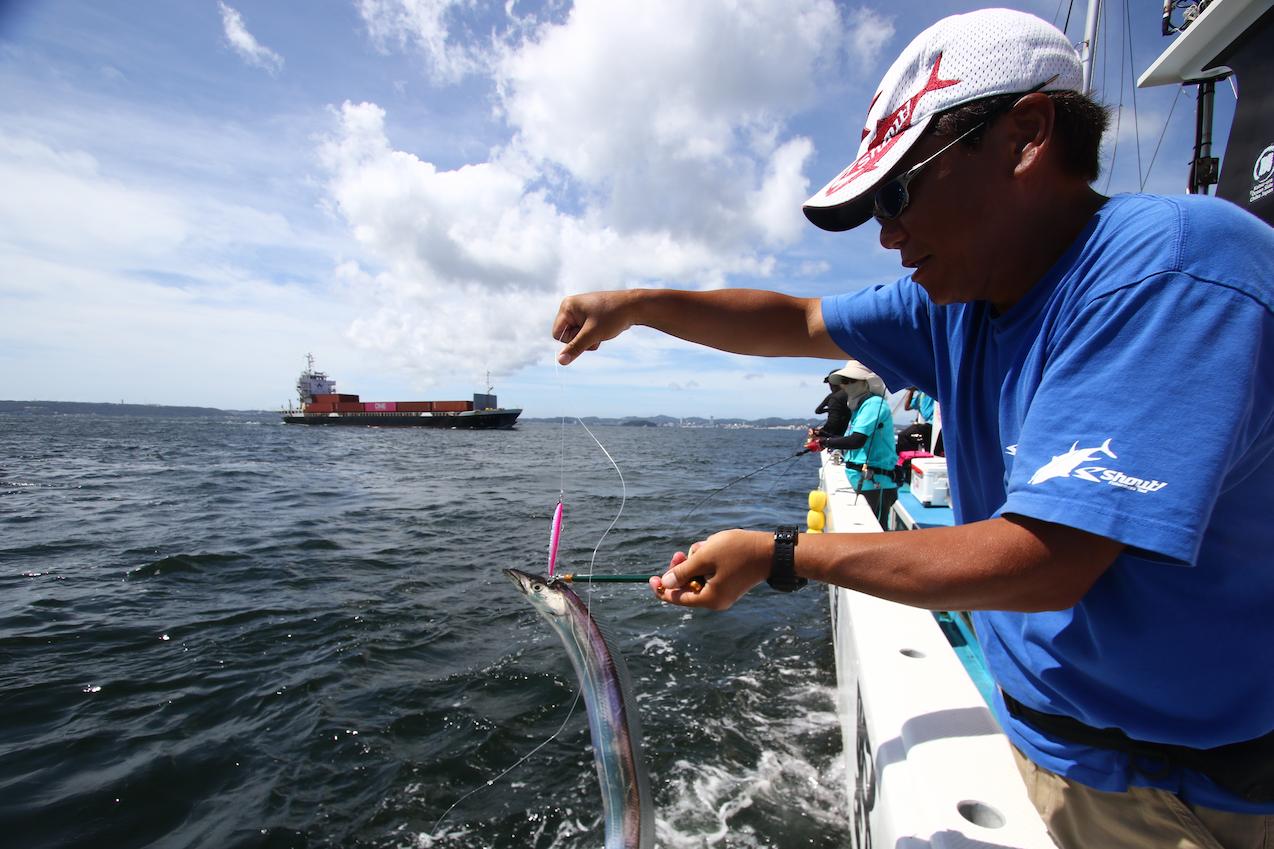
Release small ones. Sometimes the best time to move quickly to the next cast is shorter if you use an item such as Studio Ocean Mark’s Hook Remover (needle remover) at the boat’s edge to remove the hook, rather than bringing it up in the boat each time. You want to make sure you don’t miss your chance time.
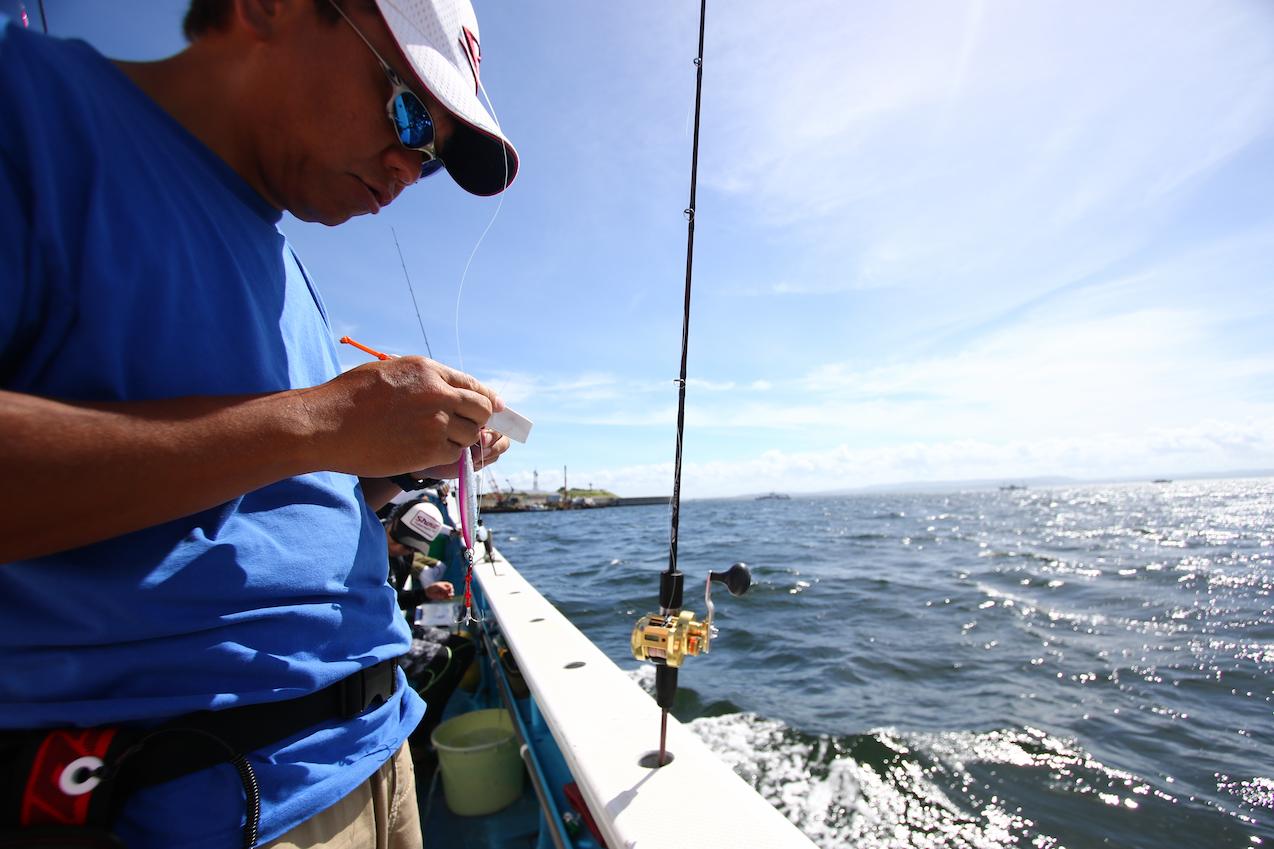
After catching a cutlass-fish, check the hook point and leader for flaws. If the hook point is loose, sharpen it with a sharpener so that the hook can be quickly inserted at any time.
It is important to search for large fish without giving up
After the chance time settled down, the boat headed south and entered the waters off Kannonzaki. This is a deep area that is the main point in winter. We fished 80m off Kannonzaki, Hashimizu, and 40 to 60m off Sarushima. At these points, we didn’t get a lot of bites, but we did get a few hits in the boat. However, the big ones hit at these points.
We took the boat for a reaction, where a few Tachio fish were taken into the boat and no more bites. However, after the boat had been running for a while, a big one hit the boat with a thud. It seemed that the large fish were arriving at the break of the reaction, or when the reaction was lost. Therefore, it is important to keep searching without losing concentration even when the bite goes away. It was under such circumstances that Mr. Ono succeeded in catching a good-sized fish.
On this day, Mr. Ono tried various jigs depending on the conditions, mainly using a 130g Shortell in shallow areas and a 160g Shortell in deeper areas. The color was his favorite blue pin zebra glow dot color for jigging for cutlass-fish. The number of fish caught was around 15-20, which seemed to be above the average number of fish caught that day (I did not count).

A good size fish hit Mr. Ono. Satisfactory size. Even in a situation where there are many small fish and hits are far away, you can get close to a large cutlass-fish by continuing to search without rest.
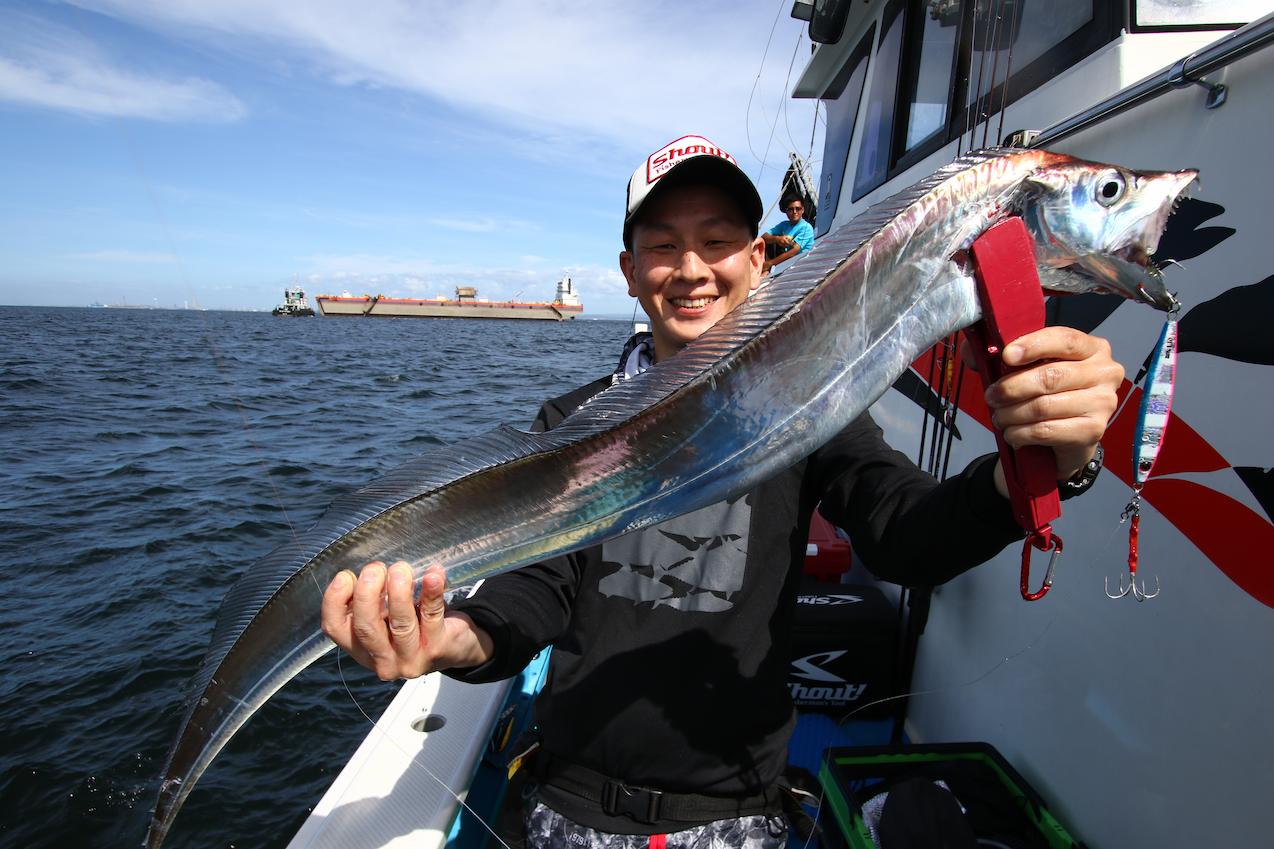
A regular angler on the same boat also had a hit with a good-sized fish, a big one over 120 cm.
As we move into fall and winter, the number of good-sized fish is expected to increase, although they will be fewer in number. If the fish is a good size, you can enjoy the unique pull of the cutlass-fish as it plunges downwards. We hope that you will take on this challenge with full preparation and a full picture of what to expect.
Boat Inn: Fukagawa Yoshinoya
https://www.team-yoshinoya.com/tsuri/index.html
03-3644-3562
